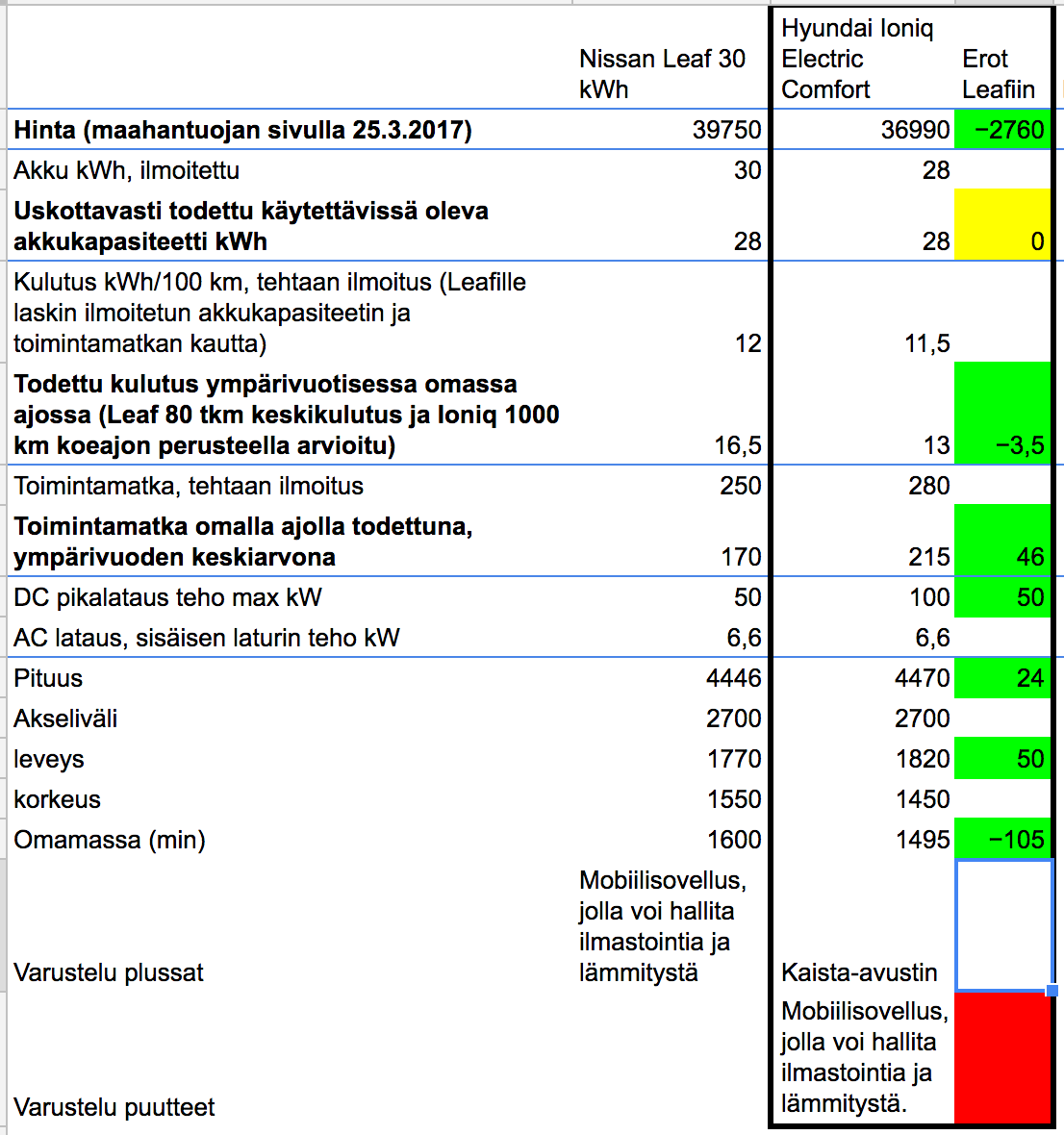"1.2.1. Near term energy scenario
In the near term, specifically over the next 20–30 years, several of the
already available non-fossil energy sources which are continuously being
improved for better efficiency, wider availability and reduced pollution are likely
to be increasingly used to supplement the fossil fuel energy sources so as to fulfil
the global energy demand as well as possibly address environmental concerns.
Two such sources immediately come to mind. One is solar energy and the other
is nuclear energy.
Solar energy is renewable and is hence an obvious candidate for sustainable
development. Solar energy may be utilized through solar photovoltaic methods
(solar cells) or through solar thermal methods (hot water for residential purposes,
commercial use or electricity production) or through biofuel cultivation. In all
these cases, the basic problem is the low flux of solar energy on the Earth’s
surface, which makes it difficult to plan massive energy hungry industrialized
urban centres running on solar energy. Nevertheless, solar energy technologies
have seen remarkable development of late with the advent of nanotechnology.
New plastic materials made of specially designed nanoparticles of polymer called
quantum dots can convert the invisible infrared spectrum of the solar energy into
electric energy. Conventional solar panels, including plastic solar cells, use the
visible part of the energy, whereas about 50% of the Sun’s energy actually lies in
the infrared spectrum [1.18]. Scientists from Spectrolab, a subsidiary of Boeing,
have recently reported [1.19] development of multijunction solar cells with an
efficiency of more than 40%, a new world record for solar photovoltaic cells.
This greatly surpasses today’s industry average of 12–18% efficiencies and the
best available solar cells with 22% efficiency. The Spectrolab scientists also
predict that concentrator solar cells could achieve efficiencies of more than 45%
or even 50% in the future, with theoretical efficiencies being about 58% in cells
with more than three junctions"
Lähde:
http://www-pub.iaea.org/MTCD/Publications/PDF/Pub1562_web.pdf
Aurinkovoima on mahdollinen vaihtoehto jopa lähitulevaisuudessa täydentämään ydinvoimaa. Tuulivoimaa pidän liian arvaamattomana, kun taas keskitetty aurinkovoima voi olla melko ennustettavaa tietyilla alueilla aurinkoisilla ja kuivilla alueilla. Aurinkovoiman ongelmia on vielä heikko hyötysuhde valon muuttamisessa sähköksi, jonka kehitys on kuitenkin nähnyt positiivisia piirteitä, ja hetkellisen suuremman energiantuoton varastointi myöhempää käyttöä varten.

Kuvassa suurin neliö vastaa eri aurinkovoimalaitosten kokoja: Suurin neliö vastaa koko maailman sähkönkulutusta, keskimmäinen Euroopan kulutusta ja pienin Saksan sähkönkulutusta. Nuo ovat vielä "vanhalla" aurinkotekniikalla, eli huonolla hyötysuhteella. Jos hyötysuhde saadaan tuplattua, myös pinta-alat puolittuvat. Tosin en tiedä, onko nämä pinta-alat vain parhaimman sähköntuoton hetkellisiä arvoja vastaavat alat, vai saataisiinko pinta-alasta hyvällä varastoinnilla myös pimeät hetket katettua. Kuvan pointtina enemmänkin se, että auringon valo tuo hyvin paljon energiaa, sitä ei vaan osata hyödyntää vielä erityisen hyvin. Potentiaalia siinä kuitenkin on, toisin kuin tuulessa.
Muutenkin tuo IAEA:n raportti fuusiovoimasta on äärimmäisen mielenkiintoinen ja alkuosa siitä on yleistajuista. Lopussa mennään enemmän fuusion teknisiin ongelmiin. Toivottavasti itse ehtisi nähdä fuusion läpimurron





